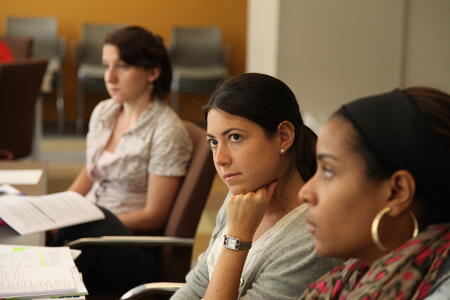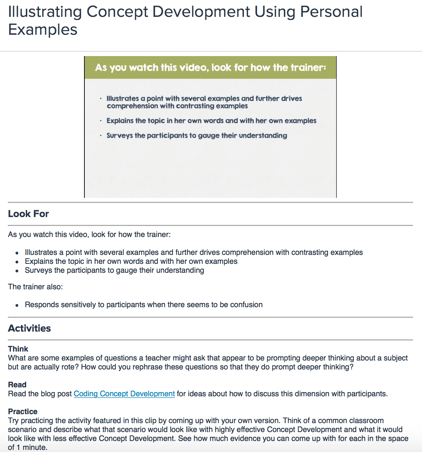
Delivering CLASS Training is no easy feat. As a trainer, you are a debate moderator, CLASS manual guru, and test anxiety counselor all rolled into one! Even the most experienced staff trainer at Teachstone will tell you that preparation is essential—whether it’s your first time training or your fifty-first!
Several months ago, we realized that the staff trainers at Teachstone have a luxury not afforded to most affiliates: they train really frequently (think several times a month!). On the other hand, most affiliates train just once or twice per year—and as a result—spend a lot of time preparing each time they train. This insight inspired us to do more to support affiliate trainer preparation.
We are pleased to announce a new video collection featuring exemplary training moments from real Teachstone trainings. In a style similar to the CLASS Video Library you know and love, these videos provide authentic examples of training moments for your reference, preparation, and reflection. You can check out this new video collection, titled “Trainers in Action,” on the Affiliate Trainer Support page.
Happy Training (and prep)!

